Epley and Semont Maneuvers for Vertigo
The Epley and Semont maneuvers are exercises used to treat benign paroxysmal positional vertigo (BPPV). They are done with the help of a doctor or physical therapist. A single 10- to 15-minute session may be all that's needed.
When your head is firmly moved into different positions, the tiny calcium "stones" that cause vertigo also move. The stones will slip out of the semicircular canal into an area of the inner ear where they will no longer cause symptoms. Two maneuvers have been used successfully: the Epley maneuver and the Semont maneuver.
In some cases, your doctor or physical therapist may have you do a modified Epley procedure at home. If your doctor has shown you how and you feel confident, you can try this at home to get rid of your vertigo.
How It Is Done
Epley maneuver
This maneuver is done with the assistance of a doctor or physical therapist. A single 10- to 15-minute session may be all that is needed. When your head is firmly moved into different positions, the tiny calcium "stones" that are causing vertigo should move back to where they are supposed to be and no longer cause symptoms.
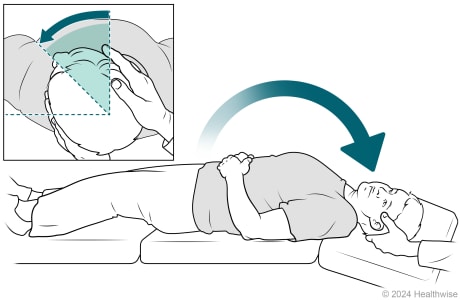
You will sit on the doctor's exam table with your legs on the table in front of you. The doctor will turn your head so that it is halfway (45 degrees) between looking straight ahead and looking directly to the side that causes the worst vertigo. Without changing your head position, the doctor will help you to quickly lie down on your back. Your head will be lower than your shoulders. The doctor will hold you in this position for at least 20 seconds.
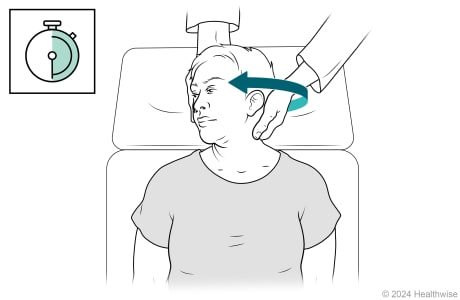
Then the doctor will turn your head to the other side. You don't need to lift your head. The doctor will hold you in this position for at least 20 seconds.
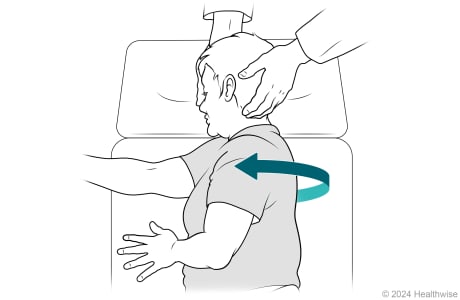
The doctor will hold your head in position and help you roll your body in the same direction that your head is facing. Your face will look toward the floor. You will be lying on the same side that causes the worst vertigo. (For example, if you are looking to your right, you will roll onto your right side.) The doctor will hold you in this position for at least another 20 seconds.
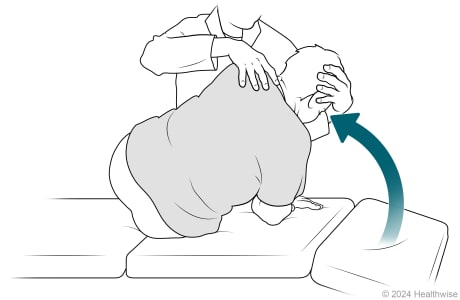
The doctor will then help you to sit back up. Your legs will hang off the table on the same side that you are facing. Your doctor may repeat the steps a few times.
Semont maneuver
The Semont maneuver is done with the help of a doctor or physical therapist. A single 10- to 15-minute session may be all that is needed. When your head is firmly moved into different positions, the tiny calcium "stones" that are causing vertigo should move back to where they are supposed to be and no longer cause symptoms.
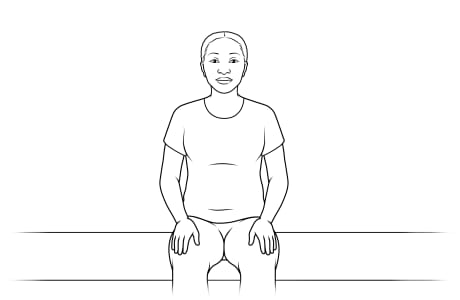
Sitting up
You start by sitting up tall on the exam table. Your legs will hang off the edge.
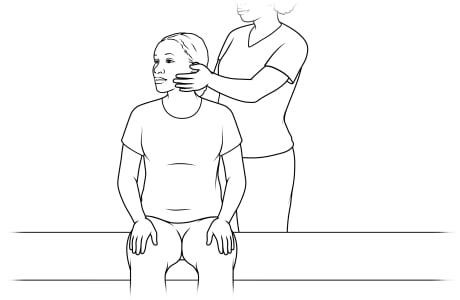
Turning your head
Next, the doctor turns your head halfway (45 degrees) toward the side that causes the least vertigo. The doctor will hold your head in this position.
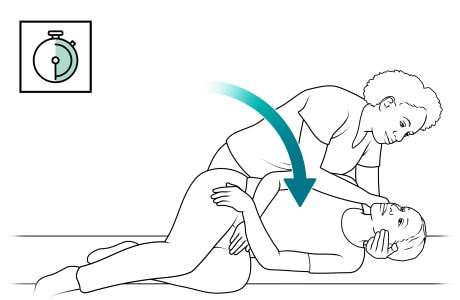
Lying down quickly
The doctor then lowers you quickly to the side that causes the worst vertigo. When your head is on the table, you are looking up toward the ceiling. The doctor holds you in this position for at least 20 seconds after your symptoms go away. You may be in this position for a few minutes.
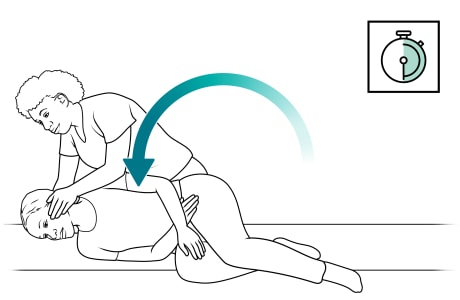
Rising and lying on the other side
The doctor then quickly raises you and moves you to lie on your other side, without stopping in the upright position or turning your head. When your head is on the table, you are now looking down toward the table. The doctor holds you in this position for at least 30 seconds.
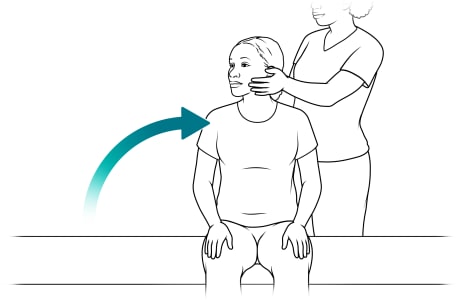
Sitting up again
The doctor then helps you sit back up.
What To Expect
The Epley and Semont maneuvers may improve or cure benign paroxysmal positional vertigo (BPPV) with only one treatment. Some people need multiple treatments.
Why It Is Done
Epley and Semont maneuvers are used to treat benign paroxysmal positional vertigo (BPPV).
How Well It Works
The Epley and Semont maneuvers are safe and work well to treat benign paroxysmal positional vertigo (BPPV).
Risks
These maneuvers should not be done on people with back or spine injuries or problems.
Sometimes the maneuver can move the debris from one inner ear canal to another. This can cause a different kind of vertigo.
Credits
Current as of: October 27, 2024
Author: Ignite Healthwise, LLC Staff
Clinical Review Board
All Ignite Healthwise, LLC education is reviewed by a team that includes physicians, nurses, advanced practitioners, registered dieticians, and other healthcare professionals.
Current as of: October 27, 2024
Author: Ignite Healthwise, LLC Staff
Clinical Review Board
All Ignite Healthwise, LLC education is reviewed by a team that includes physicians, nurses, advanced practitioners, registered dieticians, and other healthcare professionals.



